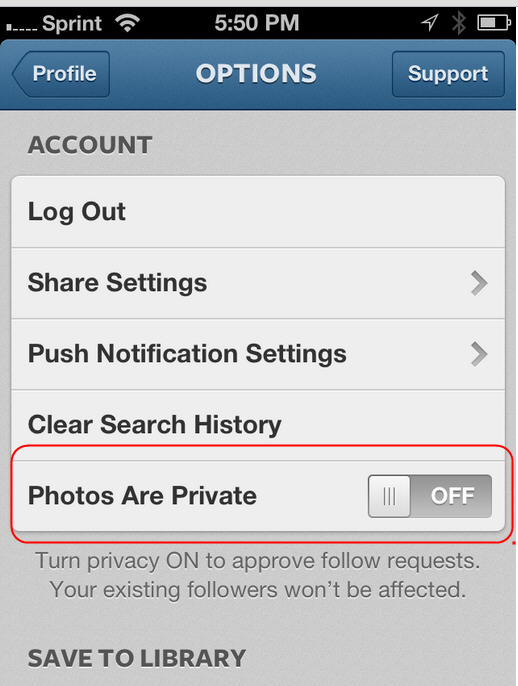CNET’s Michelle Meyers just learned that her 12 year-old daughter is using Instagram, despite rules that require users be 13 or older. Her daFughter isn’t alone. Instagram — a photo snapping, editing and posting smart phone app is increasingly popular among teens and tweens.
The product allows users to snap a photo, apply a “filter” to enhance or modify it, and then instantly share it with other Instagram users as well as people on Facebook, Twitter and other services.
Like any social networking service, there are both benefits and risks — the main risk being that you might share something and regret it later because it jeopardized someone’s privacy or embarrassed you or others — which is especially easy to do with a smart phone camera.
Talk with your kids
Parents should talk with their kids about whether they’re using Instagram and, if so, what they’re doing with it. You might want to ask your child if he or she is familiar with the privacy settings and have a brief talk about the appropriate use of photo sharing. Try to make it a conversation rather than a lecture and if you’re not familiar with Instagram, see if your child can explain how to use it — it might be fun for you too.
Privacy setting
By default, anyone can follow you on Instagram and see your pictures and comments but you can configure it so you to approve future follow requests. To do this:
1. Click the menu button from the right side of the app
2. Then click on the little gear in the upper right corner
3. Scroll down to Photos are Private. By default it’s OFF but you can turn it on. Instagram will ask if you’re sure and you want to click “Yes I’m sure.” You can always change this later
Location
Instagram can also display a map of where your photos were taken, but this too can be toggled off and on and it’s a good idea for kids not to disclose their physical location. You can find instructions here on how to turn location on and off.
Parents might also want to urge their children not to share their Instagram photos on other networks, especially Twitter and others were the default settings would allow anyone to see them.
More
For related advice for parents, check out these resources from ConnectSafely.org.




Be the first to comment